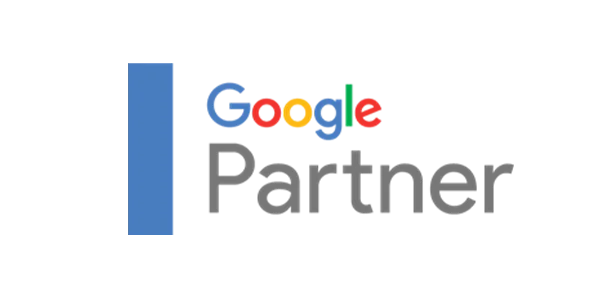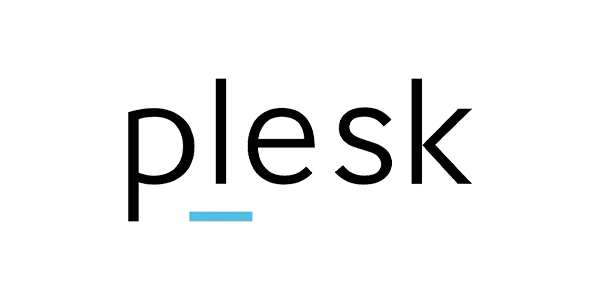Since 2014, the NFT market has been expanding throughout the world and is becoming an increasingly debated and negotiated topic, so much so that today there are around 2.3 million people dealing with this technological innovation.
But despite their famous fame in the digital field, it is still a very complex sector full of enigmas.
What really is an NFT and why has it achieved so much notoriety?
Let's see it together!
NFT: What is it?
NFT is the English acronym for Non Fungible Token .
Literally they are non-fungible cryptographic tokens that have the task of documenting a digital asset created on the internet, such as an image, a video, a GIF, a text, a document, an article, an audio, a song, a tweet or any other computerized resource.
In simpler words, purchasing an NFT means taking possession of any online content and ensuring its ownership , uniqueness and authenticity . To certify that the digital artistic work has been sold, the author will issue a document confirming the sale. Obviously the product will remain online and accessible to all.
Just as the word itself says, Non Fungible Tokens have the characteristic of being non-fungible , i.e. interchangeable and non-convertible . They are unique tokens that cannot be replaced or replicated by other identical tokens.
And, if you are wondering, this is precisely the peculiarity that distinguishes an NFT from a Cryptocurrency.
What do I mean?
Cryptocurrency - also called Cryptocurrency and in English Cryptocurrency - is a new form of digital money that is used to protect and analyze transactions found in the Blockchain.
NFTs, on the other hand, are cryptographic tokens that give the right of ownership of digital material to an individual.
This is the basic definition of the two concepts but, as already mentioned previously, the substantial difference lies in the idea of fungibility. A cryptocurrency, such as a Bitcoin, can be exchanged for its counterpart.
In contrast, a token cannot be replaced with a similar one; to do this you must first sell it and, only then, can you buy another one with the cryptocurrency obtained. This is what makes them exclusive, rare and irreplaceable.
The home of NFTs: the blockchain
Now that we've learned the basics, it's important to understand what makes our NFTs come alive and where they are contained.
The answer is Blockchain . NFTs exist thanks to the presence of this modern technology.
But what is it specifically?
Blockchain literally means chain of blocks and indicates a constant and invariable digitized register containing all data movements and transactions, which are recorded in blocks and connected in chronological order, without being able to be modified or deleted.
Previously, when the Blockchain was still non-existent, everything that circulated on the web could be copied and reproduced, without being traced and documented. Thanks to the invention of this registry, it is now possible to catalog all digital assets, ensuring their safety and uniqueness.
So, what does Blockchain have to do with NFTs?
The Blockchain is absolutely indispensable for NFTs since the codes present in the cryptographic tokens are inserted inside it together with the name of the creator who holds the ownership right.
The registration of an NFT on the Blockchain is called ''provenance'' , and is fundamental as it certifies the online materials, ensuring their veracity and determining their value.
In summary, an NFT without its Blockchain would have no possibility of existing.
But so… how do NFTs work and what are they useful for?
It is now clear that whoever decides to purchase an NFT has the possibility of claiming the rights to the work in question.
Everything is verified by means of an IT protocol - also known as Smart Contract or Asset - which plays the role of verifying the contract with which the NFT is in possession.
And how do you bring this NFT to life?
The design of a Non Fungible Token is called ''minting'' and takes place on many types of NFT Marketplace platforms (Coinbase, Binance, OpenSea, Crypto.com etc...). We start with a Wallet ( electronic cryptocurrency wallet ), which is an application aimed at registering and protecting cryptocurrencies and NFTs.
Once the author of the work uploads the file to the platform, the NFT is created and the token can be transferred to the wallet. This is the process that allows you to transform a digital file into a cryptographic asset.
The main function of these assets is to be bought by a user and then resold at more relevant prices, or just to enjoy something unique and rare.
They find their place in various commercial fields, including:
- Art : just as a painting bears the painter's signature, NFT Art and NFT Crypto Art have developed in the digital world.
We remember an example of the young artist Andrea Crespi, who sold his NFT work ''Invisible Girl'' through the Charity Stars.com platform, and then donated the proceeds to support Afghan refugees.
- Social : NFTs have also arrived in the world of social media and, in particular, on Twitter - which has given the possibility of using these personalized tokens as a profile image - and Tik Tok - where creators are launching their collection of tokens - .
- Metaverse and gaming: the virtual space could not be missing where NFTs are used to dress up one's avatars or buy digital land.
- Sports: More and more sports teams and athletes are becoming part of NFT Sports, such as the Great Britain Olympic Team which launched its own NFT Marketplace.
- Music: Even in the music scene, NFTs are valid. I am able to make an audio file unique and give a certification of ownership to those who purchase it. Plus they can be used to purchase event tickets.
Being instruments with very high potential, belonging to different sectors, can NFTs also be an excellent opportunity for companies?
Absolutely yes!
Tokens represent an extremely effective marketing lever .
For example, they could help small and large businesses promote their brand by leveraging custom NFT logos.
Practice, time and dedication
By now we have understood the concept of NFTs and their function in the digital field.
Despite everything, it is necessary to underline the fact that, as in any other economic investment, the NFT market has its positive and negative aspects.
Considering the fact that the capital at stake is often extremely high, the risk of losing out of your own pocket is equally high.
For this reason we recommend studying the basics on the topic and understanding the following factors to take into consideration before taking action:
- Authority : It is important to find out about the creator of the work and his position.
- Rarity : it is equally essential to inform yourself about the digital good we are purchasing and its quality.
- Liquidity : The ease with which an NFT is converted into cash must be analyzed.
These are just some of the parameters to reflect on, but only with time and experience will you be able to bring the results home!
That's all for now!
Want to know more about NFTs?
Ask the GILBI.CO team for a consultation, we are waiting for you!











Leave a comment
All comments are moderated before being published.
This site is protected by hCaptcha and the hCaptcha Privacy Policy and Terms of Service apply.